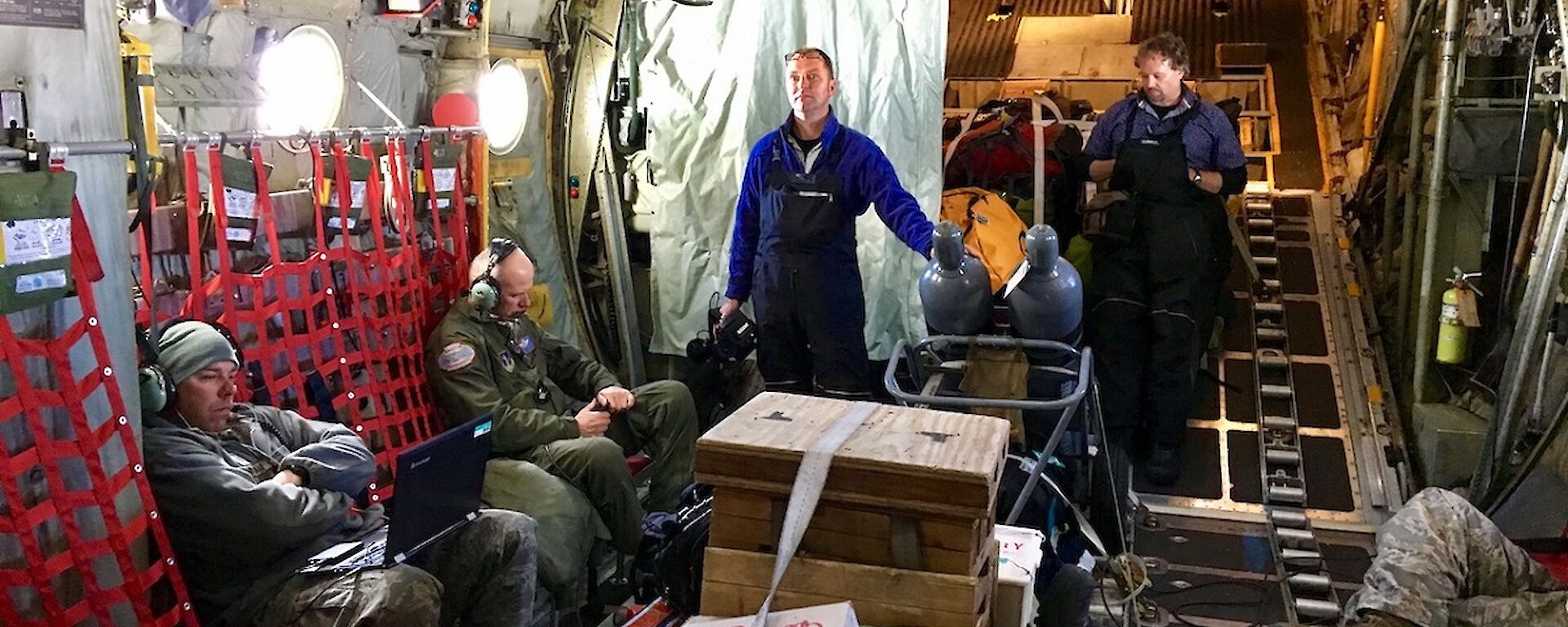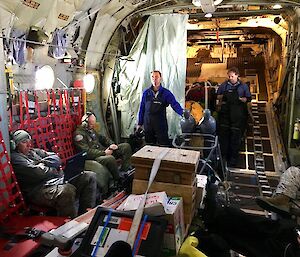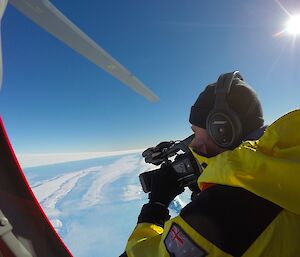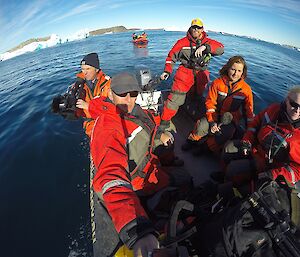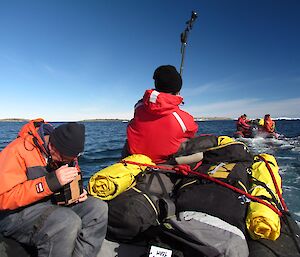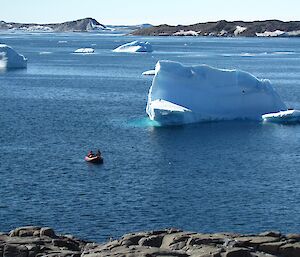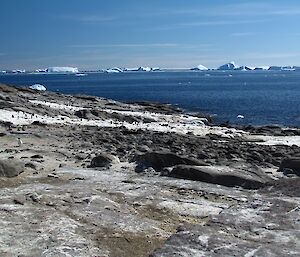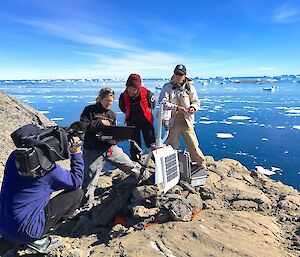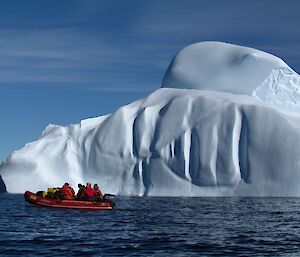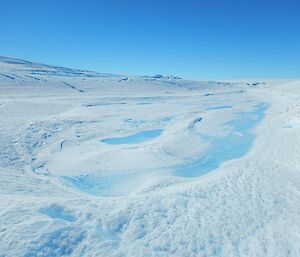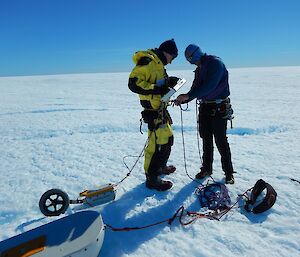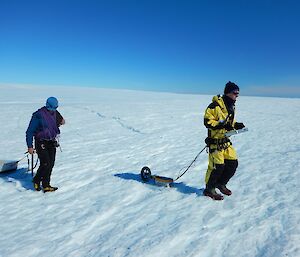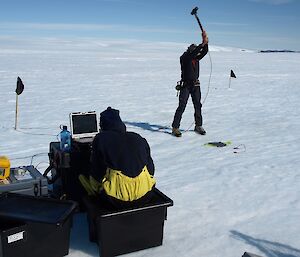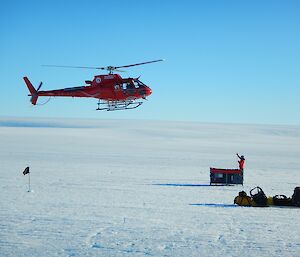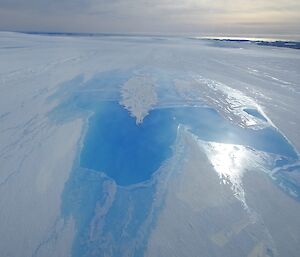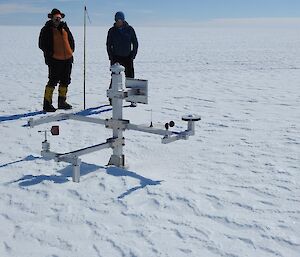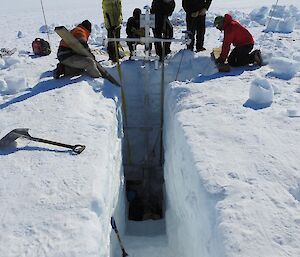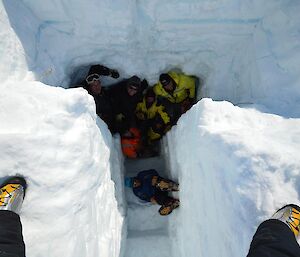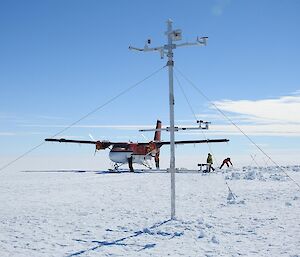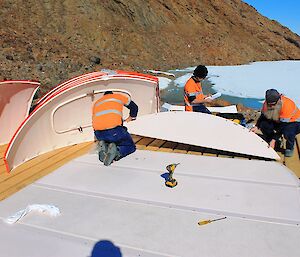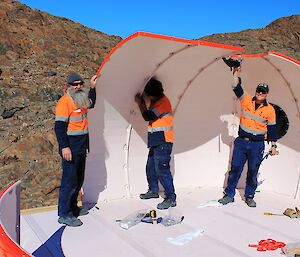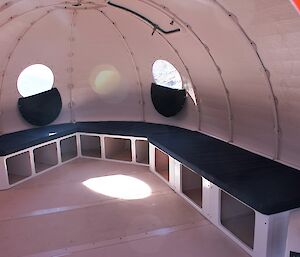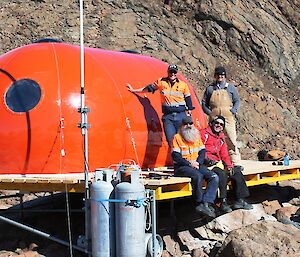When it comes to journalism, there are few greater prizes than a trip to Antarctica. This year, out of 36 applications to the Australian Antarctic Division from national and international media organisations, ABC Hobart won a gig. Peter Curtis (camera), Fiona Breen (Landline reporter), and Mark Horstman (science reporter, formerly of Catalyst) were thrilled to accept a two-week assignment at Davis and Casey.
Our mission was to make a range of stories for ABC-TV news and current affairs. The camera started rolling the moment we walked onto the tarmac in Tasmania. That first day became a remarkable travelogue from Hobart to Wilkins to Woop Woop to Davis, flying straight through in dream weather.
Penguins and petrels at Gardner and Bluff Islands starred in a story about their high-tech tracking devices. We followed tiny microbes having a vast impact on the Southern Ocean by releasing a cloud-forming gas that could cool the surface temperature of the sea. It turns out that the Sørsdal Glacier is a kilometre thicker than we thought, but are those vivid blue surface lakes draining underneath and speeding up the flow of the ice sheet? Where could a runway to provide year–round access to eastern Antarctica be located? We went to the Heidemann Valley and surrounding ridges to find out. And in an unexpected bonus, we filmed the first ocean sensor for the season being attached to an unsuspecting elephant seal.
These stories will be broadcast on ABC (once we get back and edit them) after 19 February. News is planning an Antarctic special across two nights on Sunday 19 and Monday 20 Feb. 7.30 will also run the glacier and microbe stories soon after. Different versions and little extras will appear on News 24 and online.
Thanks to all the scientists, expeditioners, field training officers, pilots, tradies, techies, wildlife and weather gods (and of course Kirsten and Sharon) that made them possible.
Mark (presenter)

